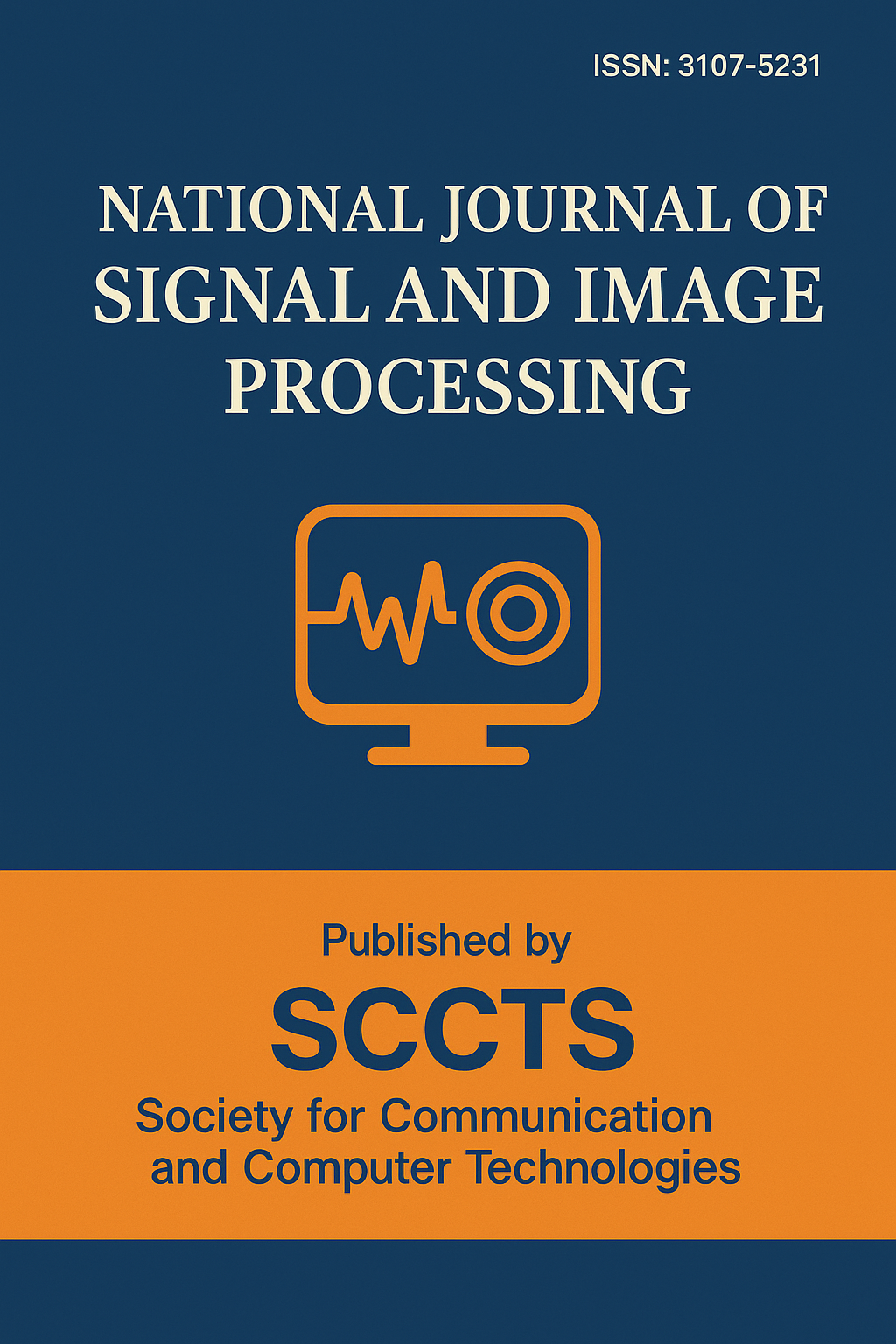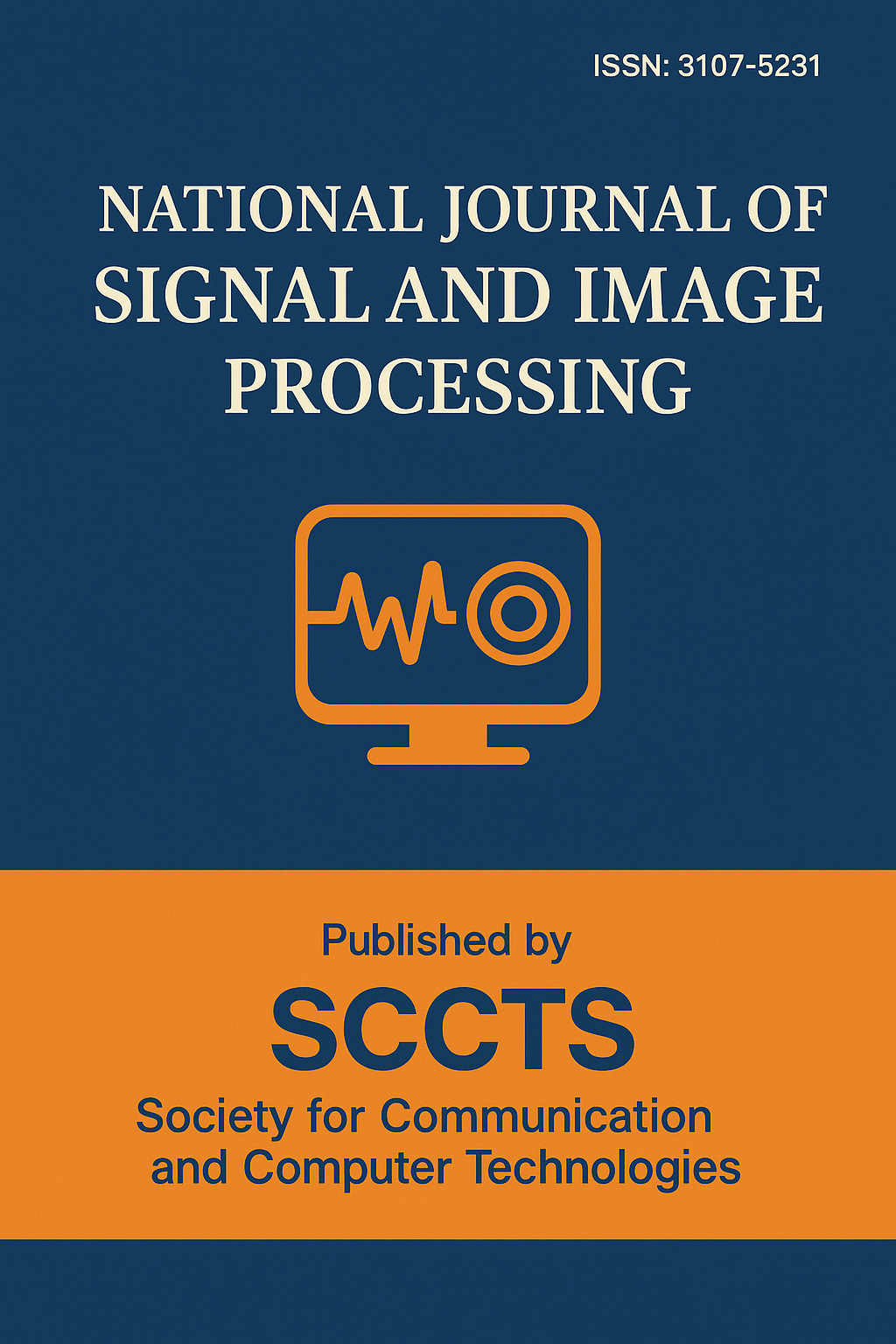Residual Attention-Enhanced Deep U-Net for High-Resolution Medical Image Segmentation
DOI:
https://doi.org/10.17051/NJSIP/01.02.08Keywords:
Medical Image Segmentation, Deep U-Net, Residual Learning, Attention Mechanism, High-Resolution Imaging, Brain Tumor Segmentation, Skin Lesion Detection, Deep Learning in Healthcare, Dice Similarity, Biomedical Image AnalysisAbstract
Precise and automatic segmentation of high resolution medical images is a central step in computer assisted diagnosis, treatment planning, surgical navigation. Nonetheless, standard segmentation networks have poor capabilities of detecting boundaries, typically in the heat areas and non-homogenous parts. This paper proposes a Residual Attention-Enhanced Deep U-Net (RA-U-Net) which combines the concepts of residuals learning and attention gating into a traditional backbone U-Net. Residual blocks enhance the gradient flow and allow greater feature learning and attention gates allow the model to prioritize focusing on important anatomical structures during decoding. Two benchmark datasets used to test the proposed RA-U-Net include BraTS 2021 and ISIC 2018 that deal with the brain tumor-related data segmentation in MRI and dermoscopic skin lesion segmentation, respectively. Based on the outcome of experiments, it is evident that the use of standard U-Net and Attention U-Net does not match RA-U-Net, which has Dice scores of 91.4%, in terms of accuracy in segmenting the object. Moreover, the model works well in terms of preservation of boundaries and denoising, particularly in high resolution. Such results show that residual connection combined with spatial attention is to increase the feature representation and the precise localization. Proposed framework is computationally efficient, has a good transfer across modalities thus it is very ideal to be used in clinical settings on radiology workflow and telemedicine where there is the need to produce a high-fidelity segmentation in real-time.






